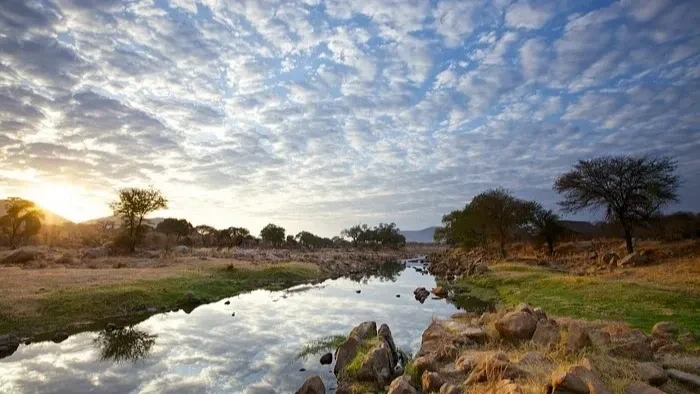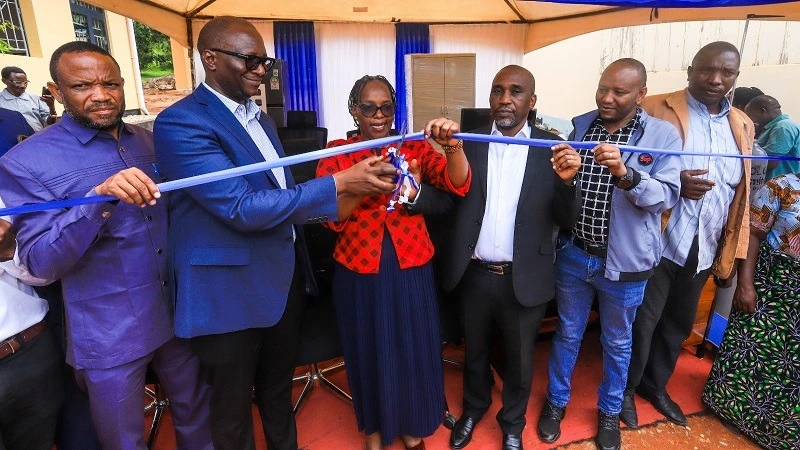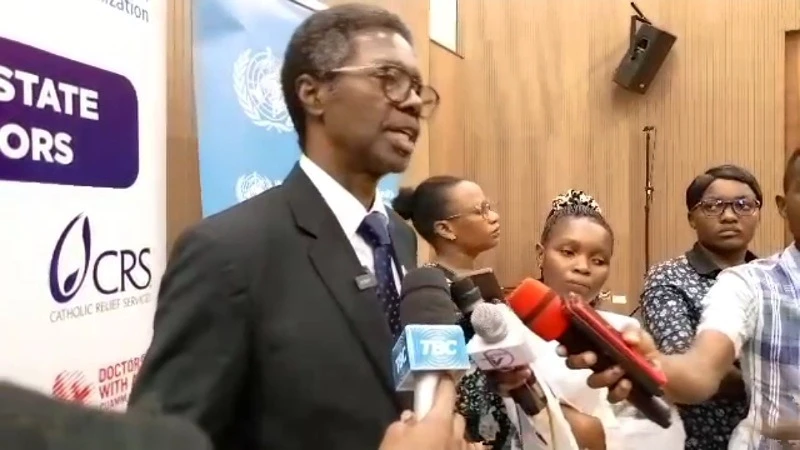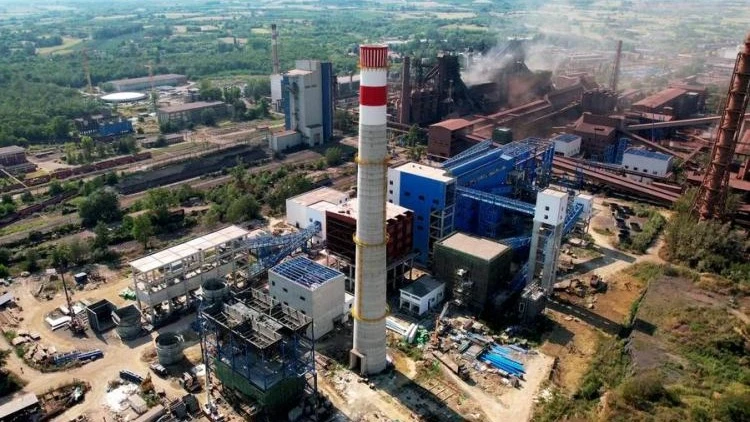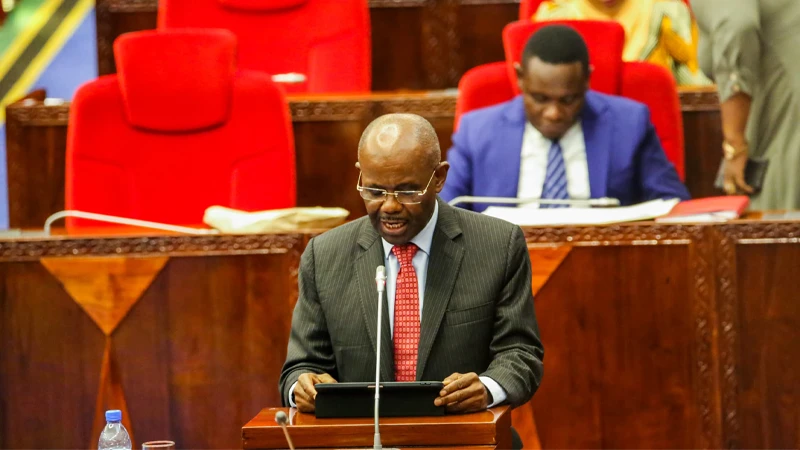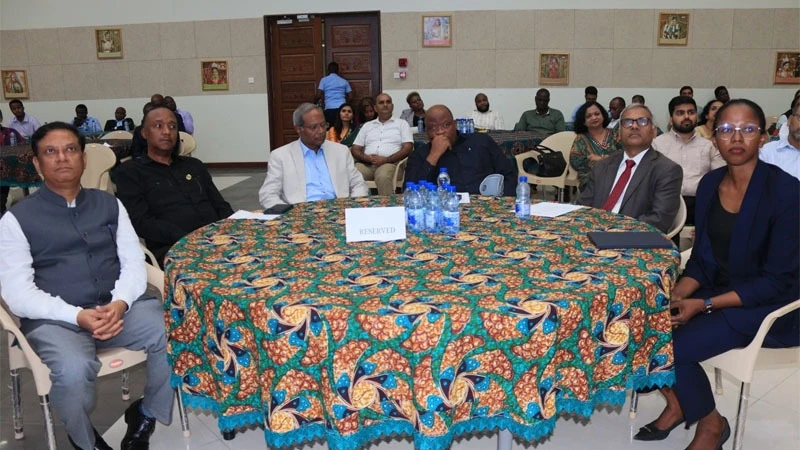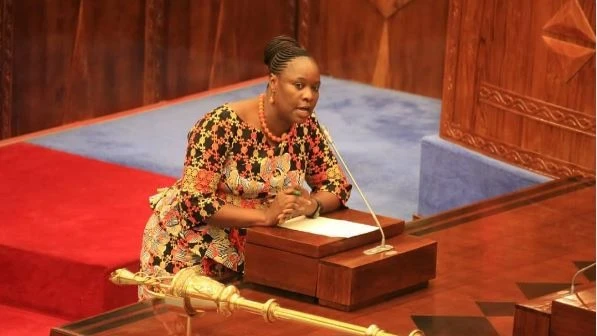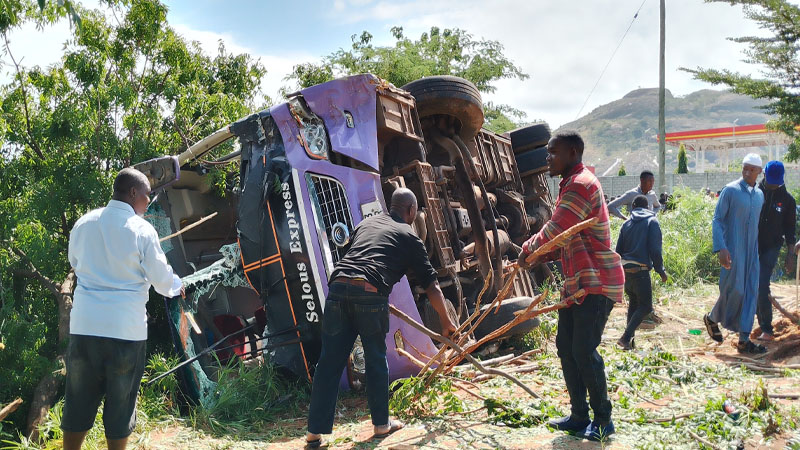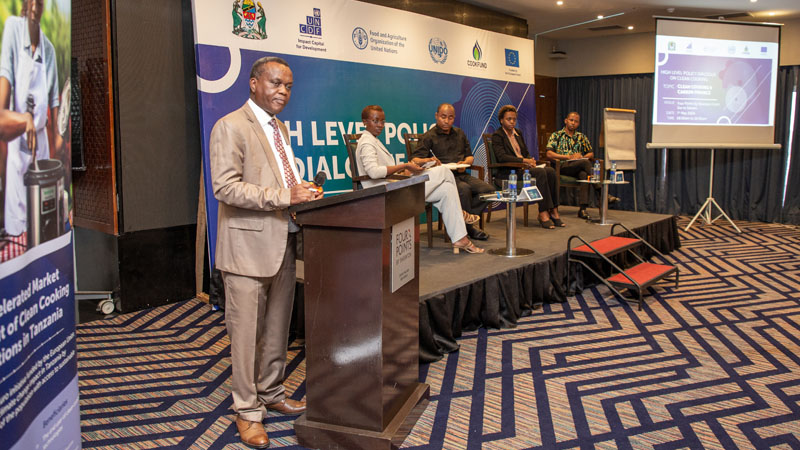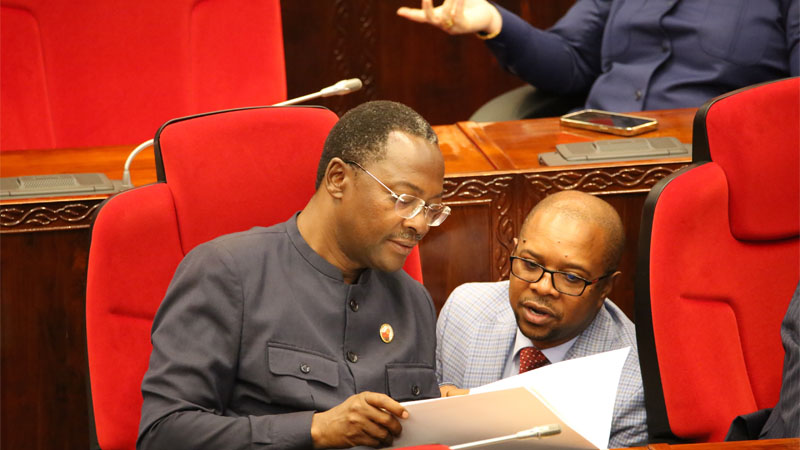Fence district hospital to protect it from wildlife, orders DC
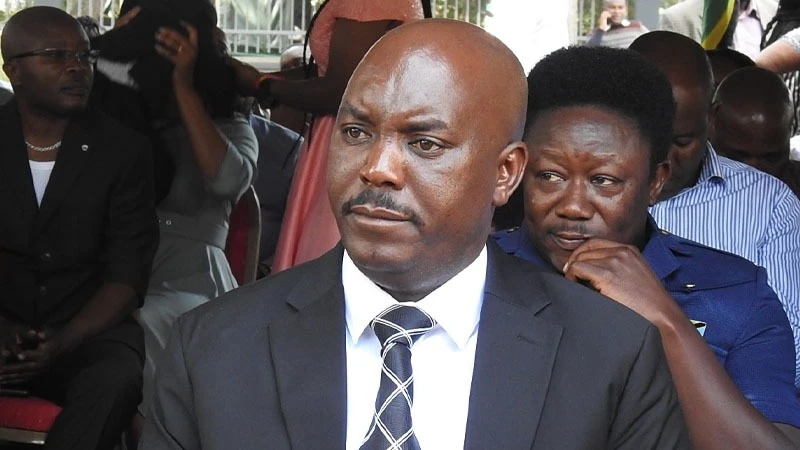
AUTHORITIES in Longido District, Arusha Region have been directed to construct a fence around Longido District Hospital to protect trees and properties from being destroyed by human activities, wildlife and livestock.
Longido District Commissioner Marco Ng’umbi issued the directive recently, saying that since the hospital has been built along the wildlife corridors of Kilimanjaro National Park and the Ngorongoro Conservation Area, it is important to fence it for its security.
Ng’umbi made the instructions shortly after launching a tree planting campaign facilitated by the World Wildlife Fund (WWF) through its project known as Land for Life, as part of celebrations to mark 60th Anniversary of the union between Tanganyika and Zanzibar.
He directed Longido District medical officer aid the district’s executive director to initiate a special campaign to prevent wildlife and livestock from invading the hospital surroundings.
“The government’s directive is that the district medical officer and DED should cooperate to make sure a fence is built around the hospital to ensure that the trees grow and create a good environment around the hospital,” he said.
“As we all know, Longido District is situated along a wildlife corridor and home to residents who are 98 percent pastoralists; this means if we don’t protect the trees we planted here through fencing, the risk of the same being destroyed by wildlife and livestock is very high. The destruction can discourage WWF and Tanzania Forest Services Agency who supported this tree planting initiative.”
According to the DC, a big part of Longido district is dry, a reality that affects livestock and wildlife pastures whereby he said to address that challenge and WWF has come out with a programme to improve pastures for livestock and wildlife.
“This programme started to be implemented in the wards which experience low rains which are Lang’ata Dabashi with Sokoni, Olochonyokie and Lang’ata villages and Ilorienito where WWF facilitated the planting of trees last year,” he said.
“Next month we will plant more trees at Lang’ata Dabashi Ward as continuation of the tree planting campaign to restore vegetation which was destroyed by people who entered the area and created residential houses.”
Aziz Musa, WWF policy advisor, said the organization’s roles include conserving and improving the environment and that it was currently implementing an environment programme dubbed: ‘Land for Life’ by planting trees to protect water sources and restore vegetation in areas which were destroyed by wildlife, livestock and human activities.
“We commenced this tree planting exercise last year at Ilorienito Village along the Kitumbeine forest which was destroyed by livestock, wildlife, and human activities”, he said.
“We aim to make sure we plant trees to restore vegetation which was destroyed and therefore preserve Kitumbeine forest and water sources found in the area just as it was in the past.”
He said that the campaign targets to plant 1,000 trees, a move which he said would restore the vegetation that was destroyed by wildlife, livestock and human activities.
Top Headlines
© 2024 IPPMEDIA.COM. ALL RIGHTS RESERVED





